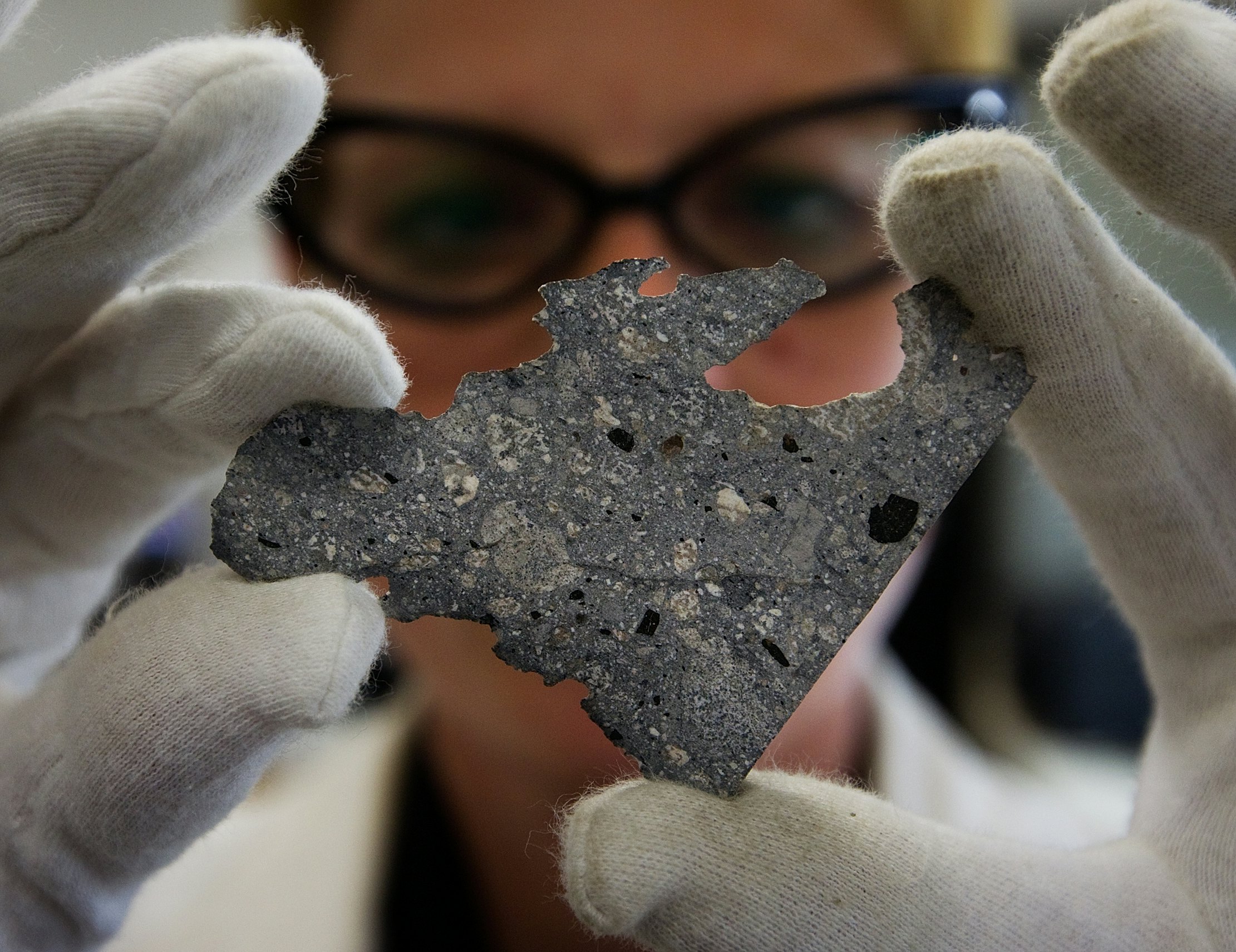
No matter what science fiction says, it’s hard to imagine humans will ever be able to stomp around a planet in another planetary system looking for life — the distances, time, and energy involved are simply too great.
But what if we could look somewhere else? Somewhere a little closer to home? What if fossilized alien microbes are already coming to visit us—even if it’s by accident? Why not look at the bottom of the world?
That’s what a new paper published in the International Journal of Astronomy by Tomonori Totani, an astronomer at the University of Tokyo, proposes. Instead of focusing only the search for life outside our Solar System on, well, places outside our Solar System, the paper argues that the best way to be sure of the existence of life elsewhere in the universe is to look for its tiniest traces in our own backyard.
Looking for Life in All the Hard Places
Both NASA and ESA have plans for space telescopes tasked with investigating planets outside our Solar System for Earth-like conditions, with the Nancy Grace Roman Space Telescope and PLATO mission, respectively. But actually demonstrating the existence of life around other stars is quite difficult. Outside of some explicit “Welcome!” message from some technologically-advanced alien civilization, it’s difficult for astronomers and planetary scientists to rule out geological causes for the kinds of evidence of life we’re able to see from our Solar System.
Even finding atmospheres of methane or oxygen, likely signs of life, wouldn’t tell us anything about what caused it — whether it was chemical processes or extraterrestrial life. “Many people now consider astronomical observations of exoplanet atmospheres,” Totani tells Inverse, “but I am impatient about this, because we cannot get a direct sample and it is difficult to prove [the] existence of life by remote observation.”
That’s where Totani’s proposal to go to the opposite end of the scale comes in. When an asteroid strikes a planet, it ejects vast quantities of rock from the ground. The bulk of it will eventually fall back to the surface or enter a relatively stable orbit; about a tenth will eventually be ejected from the Solar System altogether. Although past studies of interstellar panspermia have found it extremely improbable that anything living could survive the voyage, grains of rock about one micron across could potentially host a fossilized microorganism on a journey between the stars.
Of course, all this depends on a lot of luck for a tiny fossilized traveler. It would have to avoid being pulverized or melted by the impact itself, falling back to its home planet, to be ejected by a combination of gravity and solar radiative pressure, not to collide with other dust on the way, and not be damaged or destroyed in the process of interstellar travel. Then it would have to arrive on Earth, rather than plunging into the Sun, a gas giant, or one of the other rocky worlds — but at least there it gets something of a break, since the size of cosmic dust that could make this trek would be small enough to enter the atmosphere without severe heating.

How Realistic is It?
Although there are several orders of magnitude of uncertainty, Totani estimates there are about 100,000 micron-sized grains from exoplanets landing on Earth’s surface every year. While that could be a lot of individual grains from other worlds, it’s not just searching for a grain of sand on a beach: it’s 100,000 grains of dust one-one hundredth the size of a grain of sand, scattered across every corner of the globe.
In 2019, an international team was able to filter interstellar dust from a half-ton of Antarctic snow, but finding the grains from exoplanets would be a whole different search within that search. And in 2013, researchers announced they had found seven grains of interstellar dust in the sample brought back to Earth by NASA’s 2004 Stardust mission. “It is a matter of quantity,” Totani says. “I believe, by future technological developments, we will be able to collect grains from outside the Solar system, which is by far a tiny amount compared with interplanetary dust.”
It would be difficult to determine the origin of fossilized life—even fossilized life trapped in interstellar dust—found on Earth. But a future mission like Stardust, which used tennis racket-sized aerogels to capture dust moving at incredible speeds without crushing it, might offer more clues. “In the case of collecting these particles in space, you can measure the orbit of particles, so you can tell that a particle came from outside the Solar System,” Totani explains.







